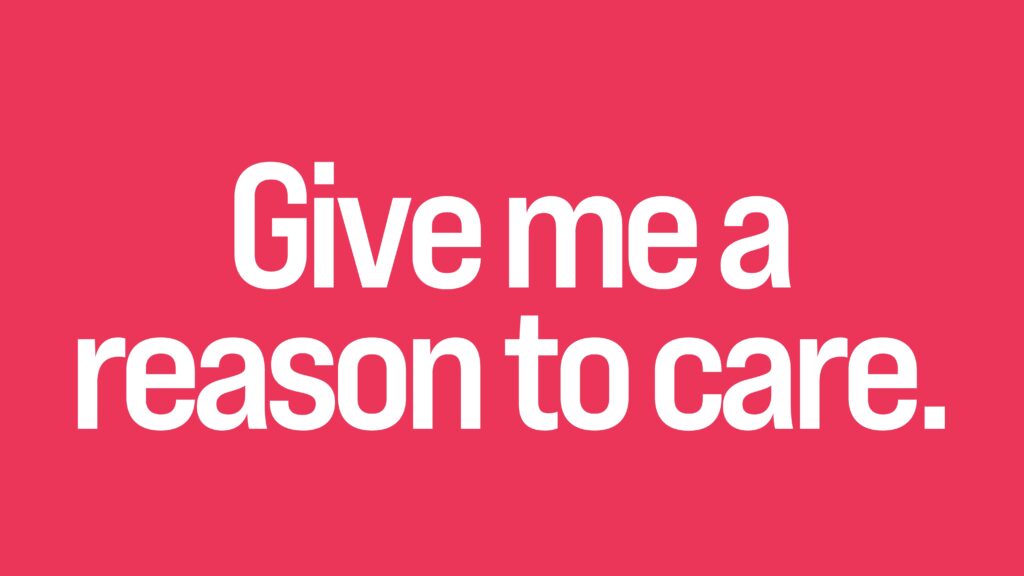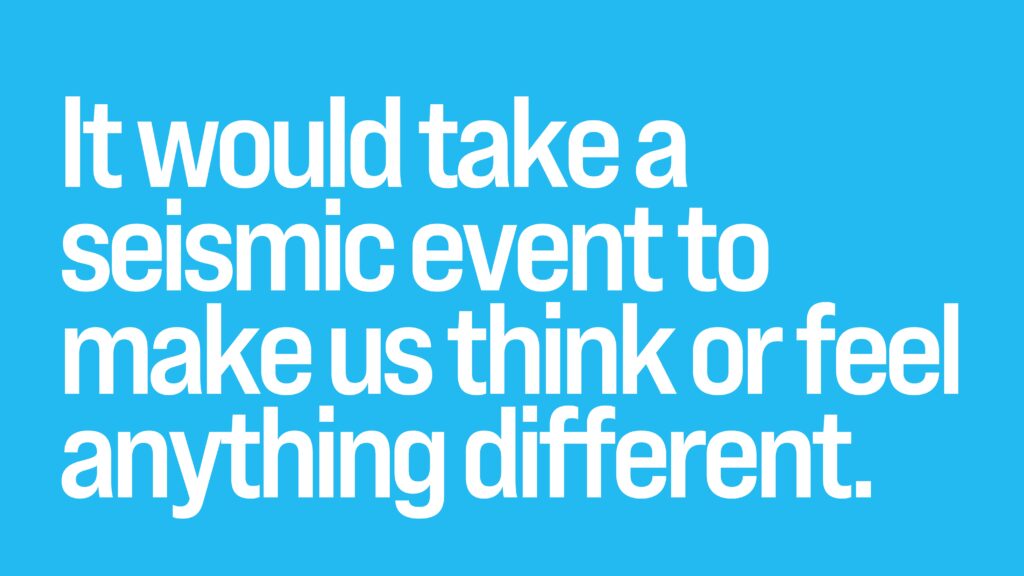
Can you tell a prospect why their lives will be better tomorrow if they choose you today without mentioning price? And can you confidently say no one else will make their lives better like you will? If so, you have a unique message.
If not, most of what you spend on visibility will be wasted money. And it won’t matter how snazzy you look or how seamless you’ve made your user experience. In the end, all that matters is what you’re saying. Everything else is a vehicle for delivering your message. And if it’s not unique, getting people to care could be difficult.
A Unique Message Gives People a Reason to Care
Let’s look at three famous companies who got where they are with a unique message. And note how each uses a different technique.
A UNIQUE MESSAGE BASED ON MARKET CIRCUMSTANCE
In the early 1960s, Avis Car Rental had secured the #2 spot in the market behind Hertz, the long-standing market leader.
Since Avis’s cars and location convenience were the same as Hertz’s, their unique message couldn’t come from either of these areas. In fact, the only thing that really separated Avis from Hertz was that Hertz was #1 and Avis was #2. Tthey used this circumstance to create their point of difference:
“When you’re only No. 2, you try harder.”
We can’t afford to hire rude attendants or rent out cars with dirty ashtrays, they said in their messaging. We must work harder to earn your trust because we clearly don’t have it yet, so that’s what we do. Every time.
This unique message made people feel like their rental experience would be better tomorrow. Avis ran with this unique message for the next 50 years. And they did eventually overtake Hertz.
This campaign remains a golden example of what a unique brand message can do for your company.
A UNIQUE MESSAGE BASED ON CUSTOMER INSIGHT
In the early ’80s, athletic shoe technology was exploding. Market leaders of the day were trying to out-feature each other in their unique messaging: this one had vulcanized rubber, that one had an insole designed by NASA and so on.
But Nike decided to focus their unique message on the dual reality of the person buying the athletic shoes: (a) they need motivation to work out and (b) motivation can’t come from technology.
“If you have a body, you’re an athlete.”
It’s right there in their mission statement. And it was unique because it stood apart from competitors of the time who were all out there messaging the science of their shoes. Despite not being able to feel what makes Nike a great shoe any more than a New Balance, Reebok or Adidas, you feel like an athlete because Nike says you are.
This unique message made people feel more capable of pushing themselves tomorrow. And it wasn’t because of the shock absorbance or the material. It was Nike’s messaged belief in their customers by telling them to “Just Do It,” and implying that Nike has their backs (or, in this case, their feet).

A UNIQUE MESSAGE BASED ON PRODUCT USAGE
Connect two LEGO pieces together and you have an airplane, a dinosaur or a castle. This is true whether you’re seven years old or 77 years old, and adults are putting it together more and more. 40% of adults splurge on toys they didn’t have as kids. And with LEGO’s foray into branded sets like Harry Potter or Star Wars, the big kids have reasons to jump into the action.
LEGO used the HOW and WHO of their product to create their unique message.
“Endless Creativity.”
LEGO’s unique message is that their product is a lifetime investment and a lifetime activity. And the number of adults buying LEGO supports their claim. As they always have, LEGO is encouraging imagination, creativity and fun. But their message is unique because it’s multigenerational.
Michael McNally, senior director of brand relations at Lego, explained further:
“There’s something about people more and more turning to the Lego brand for mindfulness,” says Michael McNally, senior director of brand relations at LEGO. “It’s this idea of getting lost in your own creative thought and losing sense of time and space and not being stressed out by what the end result looks like but more focused on how fun it can be in that process.”
Could this endless creativity be captured by other products? Sure. A piece of paper and a crayon could probably yield similar results. But the sense of calm and fulfillment isn’t going to be the same. Only with LEGO can anybody of any age use their imagination and curiosity to build what they have in their hearts.
WHAT UNITES THESE UNIQUE MESSAGES?
None of these unique messages are about the product. They’re about how each of the companies uniquely improve lives. Today, when we think about these three companies, our single thoughts are better service (Avis), partner in improvement (Nike) and lifetime creative outlet (LEGO). And it would take a seismic event to make us think or feel anything different.
And that, as the title suggests, is why your company needs a unique message.
